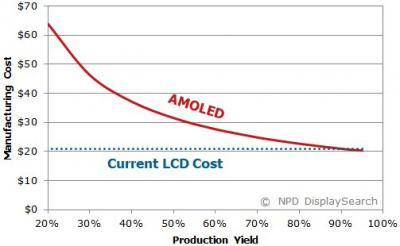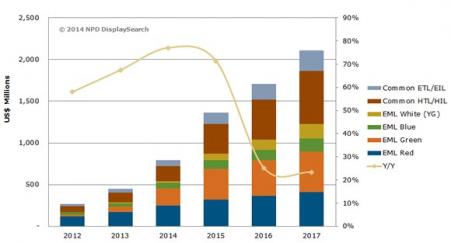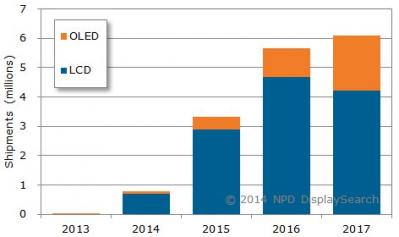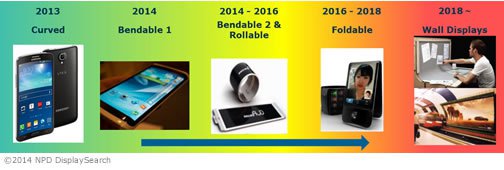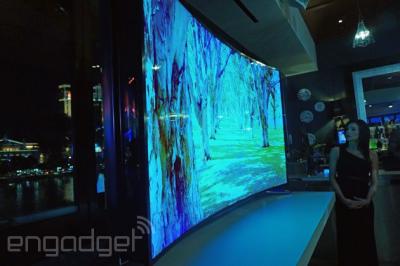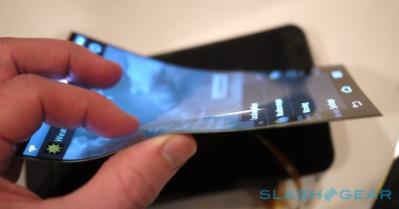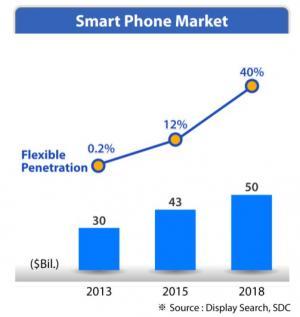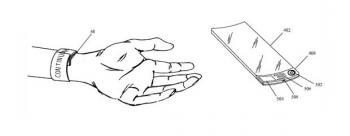DisplaySearch: the plastic AMOLED based Apple Watch display costs over $27 to make
DisplaySearch estimate that the plastic OLED display used in the Apple Watch costs more than $27 (this is the production cost, not the display price). They say it is difficult to know for sure as the cost is highly dependent on yield rates at LG Display's fab and they do not know it yet. They assume a 60% yield rate for the $27 estimation.
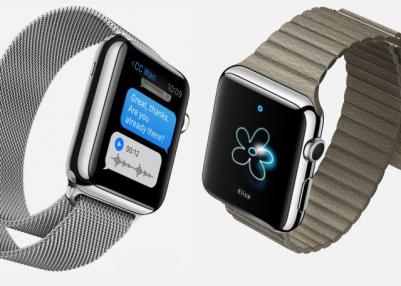
The $27 estimate includes the plastic AMOLED module, the touch panel interface and the cover glass (sapphire or glass, depends on the Watch model).
